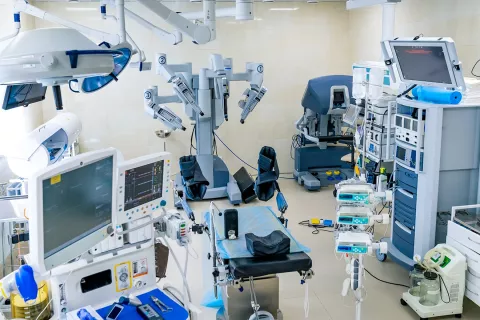
The medical devices market in Mexico is growing significantly and is expected to reach USD 7.6 billion by 2025. It is considered a tough market in terms of medical device regulations. The Federal Commission regulates medical devices in Mexico for the Protection against Sanitary Risk, i.e., COFEPRIS (Comisión Federal para la Protección contra Riesgos Sanitarios). There are different Regulatory pathways for the registration of medical devices in Mexico. Manufacturers may opt for Standard Review or Equivalency Review and may or may not opt for the third-party Reviewer. Equivalency Review Pathway is considered as a speedier Regulatory pathway for medical device registration in Mexico.
Medical device manufacturers, who have their devices already approved in the US, Canada or Japan, can opt for the Equivalency Review pathway. COFEPRIS identifies the safety standards of these Regulatory authorities to be substantially equivalent to the Mexican medical device regulations and thus, provides expedited review of applications and faster access to medical devices. However, the device manufacturers must evaluate whether their device of interest qualifies for this Regulatory pathway for device registration.
- Manufacturers must ensure appropriate classification and grouping of their medical devices as per the COFEPRIS. For instance, the device under the risk Class I in the USA may not have the same classification in Mexico. It is recommended that manufacturers begin the device registration process with the classification and grouping of the device as per the medical device classification rules set forth by the COFEPRIS.
- All devices approved under various US FDA Regulatory pathways for medical devices qualify for the Equivalency Review pathway. However, this pathway for medical devices is not applicable for Class I devices approved by Health Canada and the Ministry of Health Labour and Welfare (MHLW) in Japan.
- Although all classes (Class I, II, and III) of medical devices approved by the US FDA qualify for the Equivalency Review pathway, the major challenge is the non-availability of Establishment Inspection Report (EIR) issued by the US FDA. Most of the Class I devices in the USA are GMP exempt and require establishment registration and device listing. However, COFEPRIS recognizes ISO 13485 or MDSAP (Medical Device Single Audit Program) certification, and the manufacturers may opt to submit either of these certificates instead of EIR.
- Medical device manufacturers not located in these [SA2] countries also qualify for the Equivalency Review pathway. The only challenge is the problems faced in the legalization process of specific documents. Manufacturers may overcome this barrier by choosing global Regulatory partners who can support the device registration activities in Mexico and these countries.
In November 2020, the COFEPRIS announced a timeline of five (05) working days for resolving any new registration request for medical device review under the equivalency agreement. The submission will be considered as granted if not resolved within five (05) working days.
The submission of a summary dossier is a requirement for the Equivalency Review pathway for devices approved in the USA, Canada, and Japan. The process requires less paperwork for devices approved in the USA and Canada at the same time as required for the Standard Review pathway. At the same time, the process is faster for devices approved in Japan, who can show the proof of Exportation Certificate from the MHLW of Japan.
For more information on the Equivalency review pathway for medical device registration in Mexico, kindly Reach out to a proven Regulatory partner. A regional Regulatory partner can offer end-to-end device registration services in Mexico, including registration pathways, technical documents, translation requirements, Mexican Registration Holder (MRH), and pre-and post-approval requirements.
Stay informed. Stay compliant.









